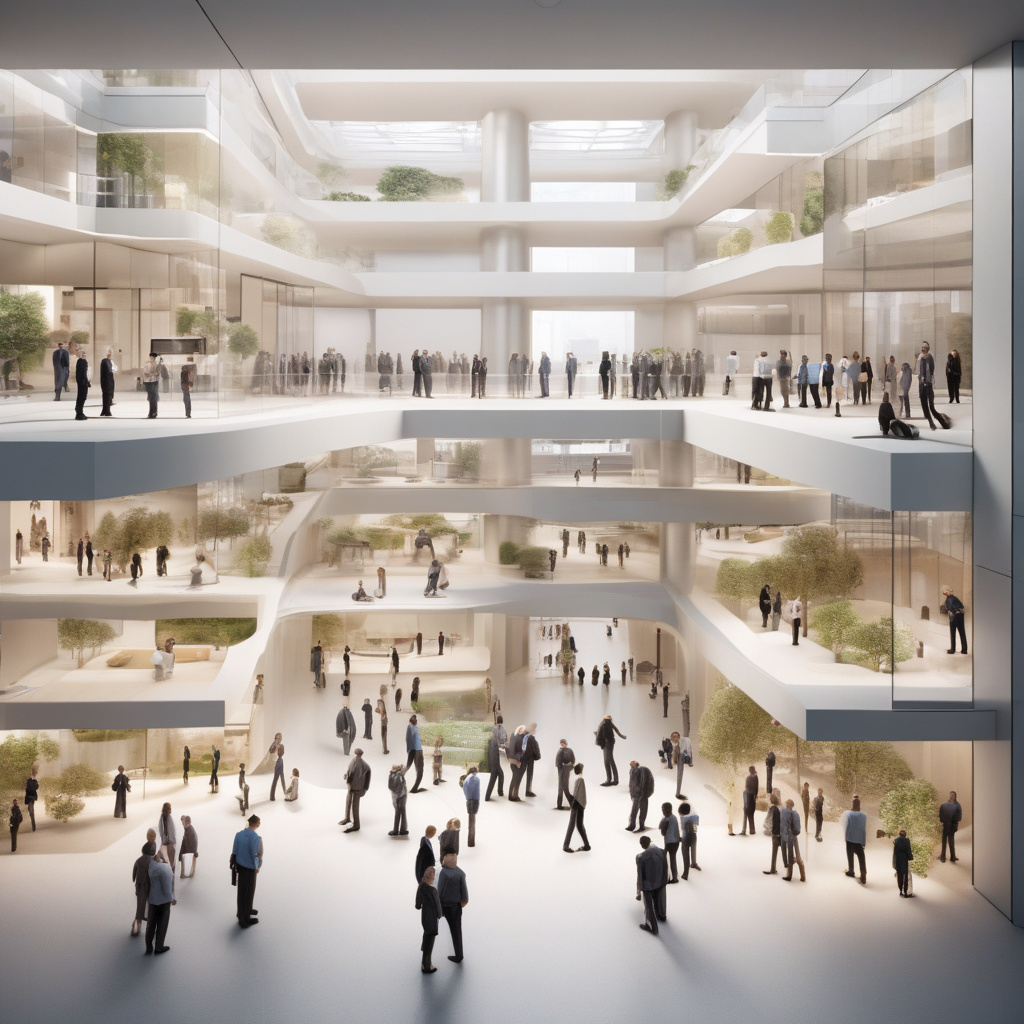In the intricate world of technology, where the stakes are high and the margin for error slim, the collaboration between solution architecture and information security stands out as a critical junction. These two pillars are the bedrock of any robust, scalable, and secure technological ecosystem. Yet, the question looms large: what should the dynamic between architecture and security resemble?
Gone are the days when siloed operations could suffice in the face of emerging cyber threats and complex technological landscapes. The contemporary digital terrain demands a seamless integration of architecture and security, functioning not as separate entities but as symbiotic partners in a shared mission of fortifying the technological infrastructure.
Imagine a scenario where architecture operates in isolation from security protocols. A flaw in the design phase, left unchecked by security measures, could snowball into a catastrophic breach post-implementation. Conversely, stringent security measures without due consideration for architectural nuances might stifle innovation and impede the scalability of the solution.
To address this challenge effectively, a paradigm shift is imperative. It’s not about one domain reigning over the other; it’s about fostering a culture of collaboration, where architecture and security converge, complement, and amplify each other’s efforts. This synergy is not merely a theoretical ideal but a pragmatic necessity that underpins the success of strategic initiatives and the digital evolution of organizations.
In practical terms, this collaborative approach translates into proactive engagement between architects and security experts right from the project’s inception. By intertwining architectural blueprints with security frameworks at the nascent stage, organizations can preempt vulnerabilities, streamline compliance requirements, and enhance the overall resilience of the system.
Consider a scenario where a financial institution is gearing up to launch a mobile banking application. In a siloed setup, architects might focus solely on optimizing user experience and functionality, overlooking potential security loopholes. On the flip side, a security-centric approach might lead to stringent protocols that compromise the app’s usability and deter customers.
However, when architects and security specialists collaborate synergistically, they can devise an application that not only offers a seamless user experience but also adheres to stringent security standards. This alignment not only mitigates risks but also cultivates a culture of shared responsibility and innovation across the organization.
Moreover, collaboration between architecture and security is not a one-time affair but an ongoing dialogue that adapts to the evolving threat landscape and technological advancements. Regular knowledge sharing, joint training sessions, and cross-functional reviews can foster a culture of continuous improvement, where insights from one domain inform and enrich the practices of the other.
In essence, the crux of effective collaboration between architecture and security lies in recognizing that they are not disparate entities vying for control but integral components of a unified technological ecosystem. By bridging the gap between these domains, organizations can not only fortify their defenses against cyber threats but also unlock new avenues for innovation and growth.
As organizations navigate the complexities of the digital age, the synergy between architecture and security emerges as a linchpin in ensuring operational excellence, regulatory compliance, and customer trust. By embracing collaboration over control, organizations can pave the way for a future where technological advancements are not just secure but also seamlessly integrated into the fabric of the enterprise.
In conclusion, the fusion of architecture and security is not a choice between dominance and subservience but a harmonious blend of expertise, innovation, and foresight. It’s time to transcend traditional paradigms and embrace a new era of collaboration, where architecture and security stand not as adversaries but as allies in the relentless pursuit of technological excellence.

